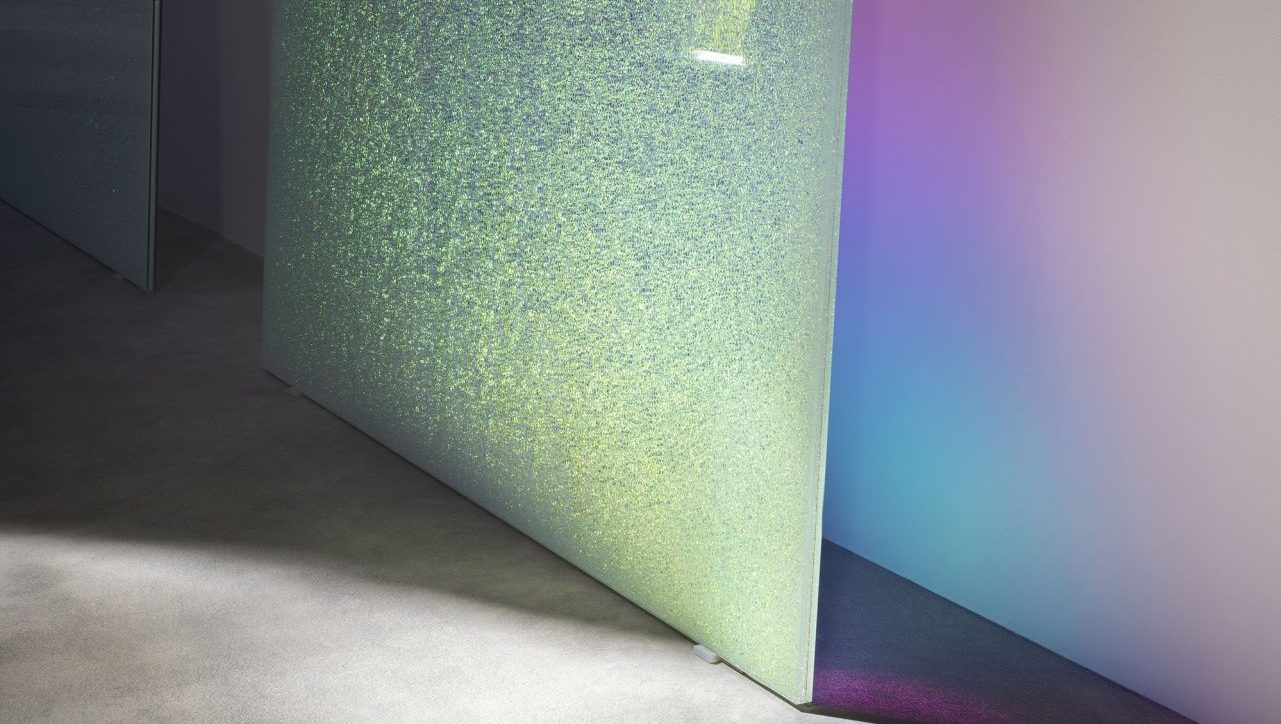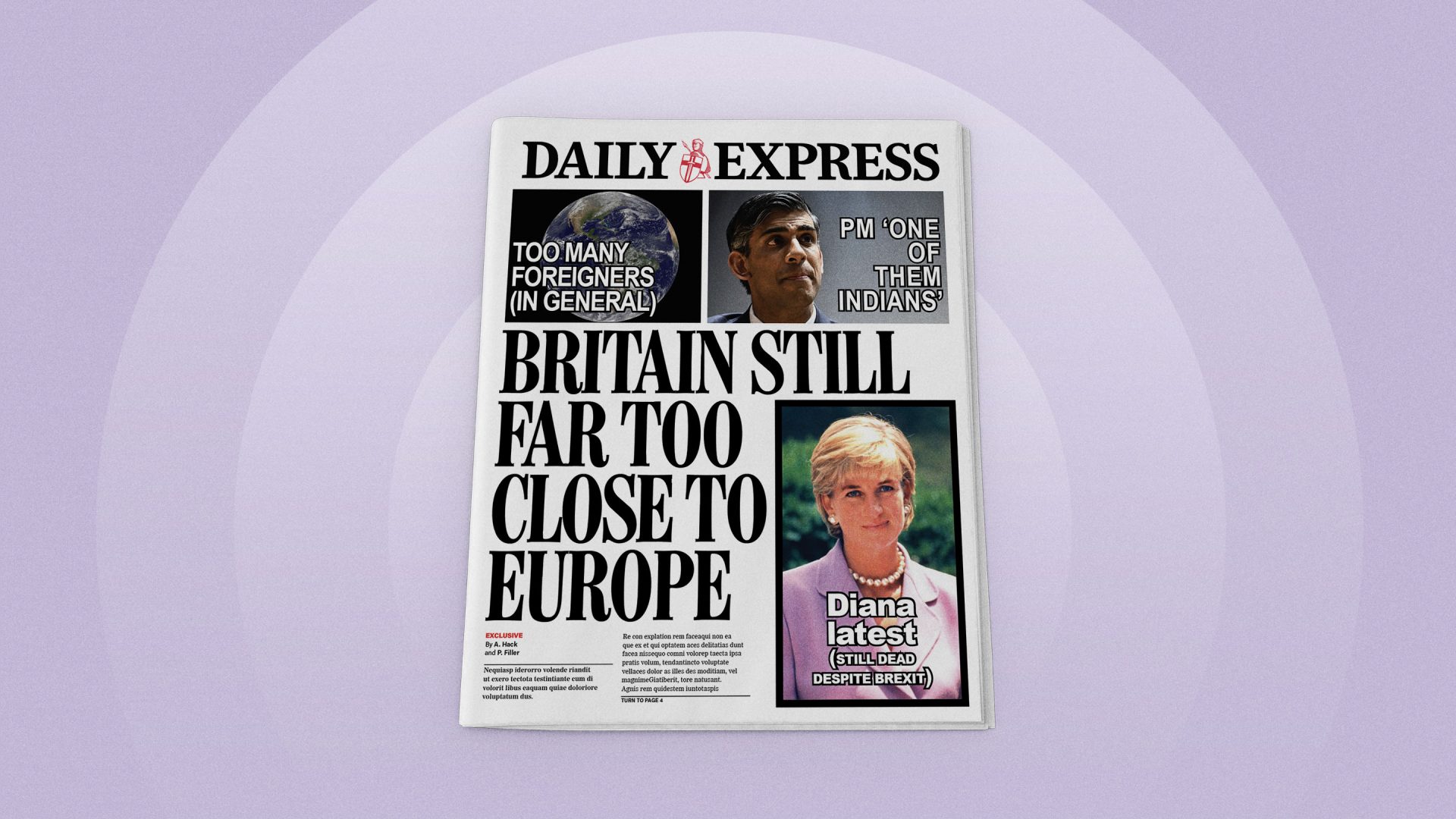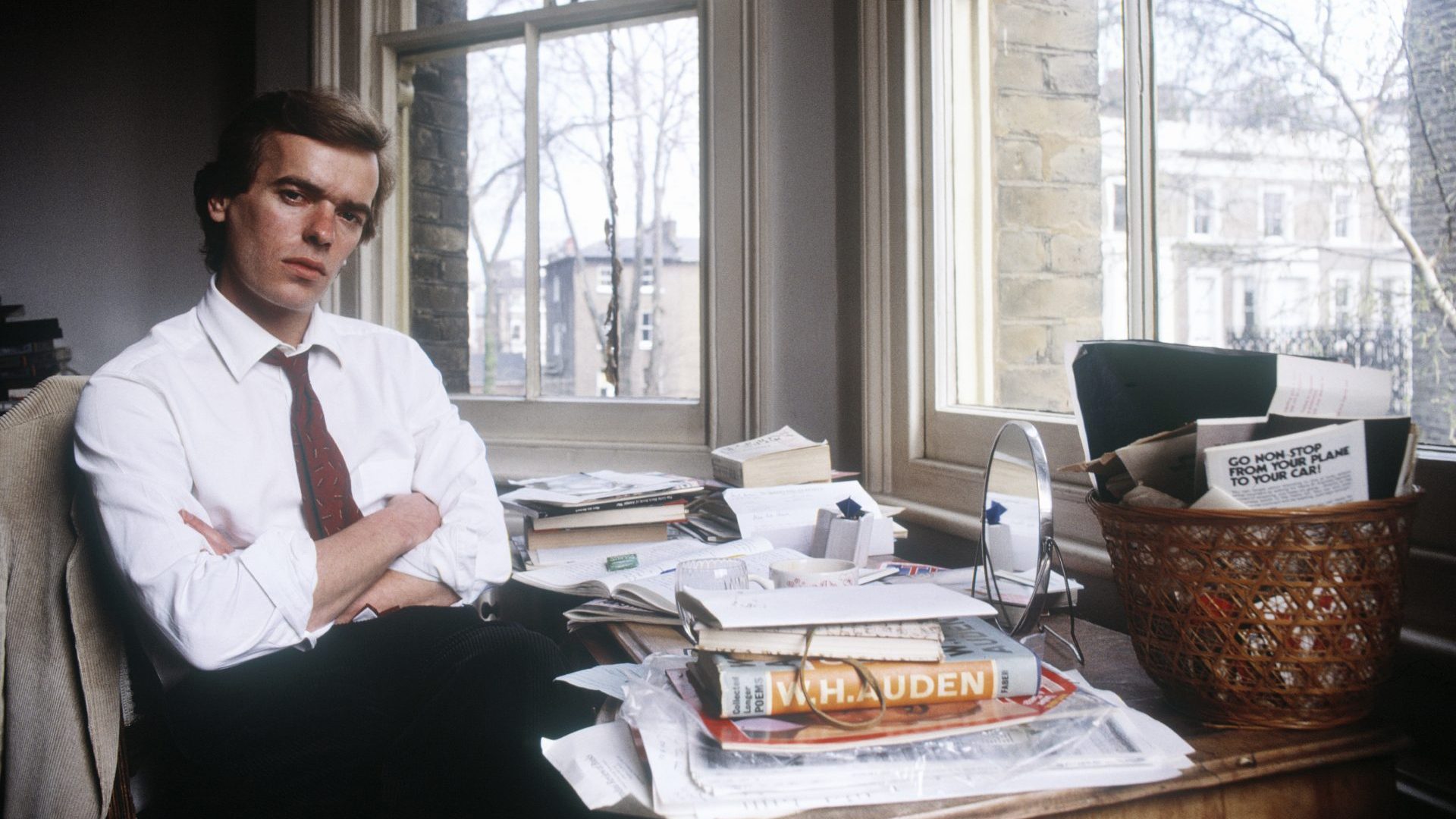In the urban sprawl to the north of Milan, away from the Gothic razzmatazz of the Duomo and the crowds at Santa Maria delle Grazie thrumming for their 15 minutes with Leonardo da Vinci’s fresco of the Last Supper, lies a district that once was the beating heart of production in northern Italy.
In Bicocca, decades of industrial decline followed by decades of sustained regeneration have replaced the landscape of old factories and manufacturing plants with centres of culture and knowledge. Among them
are the University Milano-Bicocca, music venue Teatro degli Arcimboldi, and the not-for-profit contemporary art space Pirelli HangarBicocca – a former locomotive factory boasting 15,000 square metres of exhibition and performance space, converted by the Pirelli Foundation in 2004.
Here, on a fresh spring morning, the wind whistles in through overlapping
mesh curtains on the open side doors of the Navate, one of three large-scale
installation spaces. Diagonal shafts of sunlight pierce the black and grey abyss of the vast industrial hangar, echoing the structure of the supporting iron girders. Three giant suspended swings undulate through the cavernous space, while a scattering of green-grey pebbles crunch and disperse underfoot.
Belgian artist Ann Veronica Janssens’ poetic retrospective exhibition Grand Bal is a career-spanning show that engages with many of the artist’s long-standing preoccupations with light, colour, mist and perception, which she employs as both her material and the subject matter of her philosophical and phenomenological enquiries. Often linked to the Light and Space movement of conceptual art in the 1960s, which centred on the participation and perception of the audience, Janssens – born in Folkestone in 1956 – is primarily interested in the ephemeral, sculptural and illusory qualities of light and the processes of human perception. As the curator, Roberta Taconi, explains, the show is an insight into “40 years of testing and experimentation”.
Janssens is an artist who is less interested in the fixed status and value of the work of art than in what kind of subtle interactions it sets in motion. These are works that require animation from both the spectator and sometimes the fluctuating environment, with this sensitive interplay as much the conceptual artwork as the objects and installations in the exhibition themselves. In the centre of the room a giant sheet of mirrored foil called Golden Section ripples in the incoming breeze, twisting and flapping in unexpected shapes and patterns, at one point rearing up to resemble the scaly tail of a giant dragon, to then drop down again and reconfigure as something recalling a watery lens reflecting the surface of the moon, or a close-up of bodily tissue under a microscope.
Often working directly with the site-specific architecture of exhibition spaces, at the HangarBicocca the artist explained how she wanted to “switch
off artificial light and let the reality of the city in”. As a result, the experience
of the exhibition is always in flux and shifting based on changes in season,
atmosphere, and times of the day.
Other works take on a more fixed, minimalist feel, such as the glass vitrines filled with paraffin oil that reflect illusory solid prisms of colour, or the layers of glass sheets that seem to emit a coloured neon glow at their edges. A large concave box painted white and called L’espace infini becomes an expanse of overwhelming white that eclipses the viewer’s whole field of vision with a sublime blankness, calling into question our faculties of sight and perception.
Elsewhere, a sequence of light beams intersect in a room of artificial fog to create the illusion of a sculpted star bursting from the wall. Janssens is interested in drawing our attention to the unexpected, how a large steel beam highly polished to a mirror shine transforms from an object frequently
associated with strength and solidity to something uncannily liquid and unexpectedly vulnerable, acutely sensitive to rust.
The subtle selection of works demands a quiet contemplation, something of an antidote to the snaphappy routine common in today’s galleries and museums where visitors transfer their experience in front of artworks into made-to-measure social media posts.
Janssens also offers us the (almost) unphotographable: the show culminates with the immersive sensory installation MUHKA Anvers, a small room filled with artificial fog – a variation on a theme that has become typical of her practice since 1997. Fog has beguiling material qualities. It’s something dense and opaque enough to erase form and fill up space, but it’s also impalpable and ephemeral, something we can physically move through with ease.
Entering the room is to be immediately disorientated. My throat began to close as I stumbled a few steps forward, unaware of the boundaries of the space, the veins on the inside of my eyelids strangely discernible in front of me. I overheard one visitor saying the experience was partly like walking towards a blissful heavenly light and partly the terror of finding oneself blind – a profound reaction not all confrontations with art can attest to.
Although any narrative references are self-consciously avoided, here on the site of the former locomotive factory in Bicocca, Janssens’ immersive fog can’t help but conjure up bygone clouds of industrial steam and the smoky exhalations of the building’s past life. It’s one of the many ways in which the beauty, pathos and poetry of the industrial machine world remain palpable at Pirelli HangarBicocca.
The Italian artist Gian Maria Tosatti’s temporary installation Now/here acts as a prelude to Janssens’ exhibition, comprising a series of painted and drawn works set in sombre lighting as if in a sacred crypt. Among them are
paintings in gold and rust on iron panels that invite us to see the corrosion and oxidation of the metal in painterly ways, imagining the vestiges of industry and manufacturing as if it were a sacred relic.
Another vast room of the HangarBicocca is the permanent home to German artist Anselm Kiefer’s gargantuan installation The Seven Heavenly Palaces, commissioned for the opening of the space in 2004. Seven towers constructed from concrete blocks cast from huge cargo containers and fixed with lead wedges soar up to 19 metres high, resembling the ruins of a desolate postapocalyptic city.
In his attempt to make sense of Germany’s confrontation with its postwar identity, Kiefer was inspired by the ancient Hebrew treatise Sefer Hecholot dating from the 5th-6th centuries AD, which narrated the spiritual pathway to god. Kiefer’s towers at Pirelli HangarBicocca are something that the milanesi hold just as dear to their identity as Leonardo’s more famous fresco of the Last Supper across town in the historic centre.
It is a work that uses the material of industry and production to deal with trauma, accountability and the struggle for salvation in profound ways, made even more poignant when the space became a vaccination hub during the 2020 Covid-19 pandemic.
Contemporary art founded on such subtle, rarefied and philosophical meditations as these may come as an unexpected surprise for UK readers,
for whom Pirelli’s relationship with visual culture conjures up a singular image: the legendary calendars featuring photographs of scantily clad women in exotic locations, destined for lusty reverie in the mechanics’ workshop or home garage. Less known is Pirelli’s sustained engagement with art, design and literature across the course of the 20th century.
This included projects such as the Rivista Pirelli journal published between 1948 and 1972, which featured contributions from international intellectuals such as Italo Calvino and Umberto Eco, and prize-winning architectural projects, ranging from a modernist skyscraper in the mid-1950s that became a symbol of Italy’s economic recovery after the second world war, to a more recent Pirelli Learning Centre at the company’s headquarters.
The prolific tyre manufacturer has had a key stake in the Bicocca area since the early 20th century, when it established a manufacturing hub so large that a residential district known as Borgo Pirelli (Pirelli Village) was custom-built to house thousands of company workers close to their place of work. In 1918, the company acquired an aristocratic 15th-century country home, the Villa degli Arcimboldi, which remains its official reception venue.
With this in mind, it’s tempting to draw a comparison between the historic centre of Milan, and the gems of Gothic and Renaissance art funded by patrician patronage at the time, and the 20th-century industrial elite that
replaced them with corporate patronage of contemporary art. But unlike the high tariffs for those 15 minutes with Leonardo, the HangarBicocca remains free entry to all with a specialist public programme to engage broad audiences.
With this commitment to thoughtprovoking contemporary art, Pirelli deserves to be synonymous with more than just tyres and calendars – with the creativity of the 21st-century city, too.



